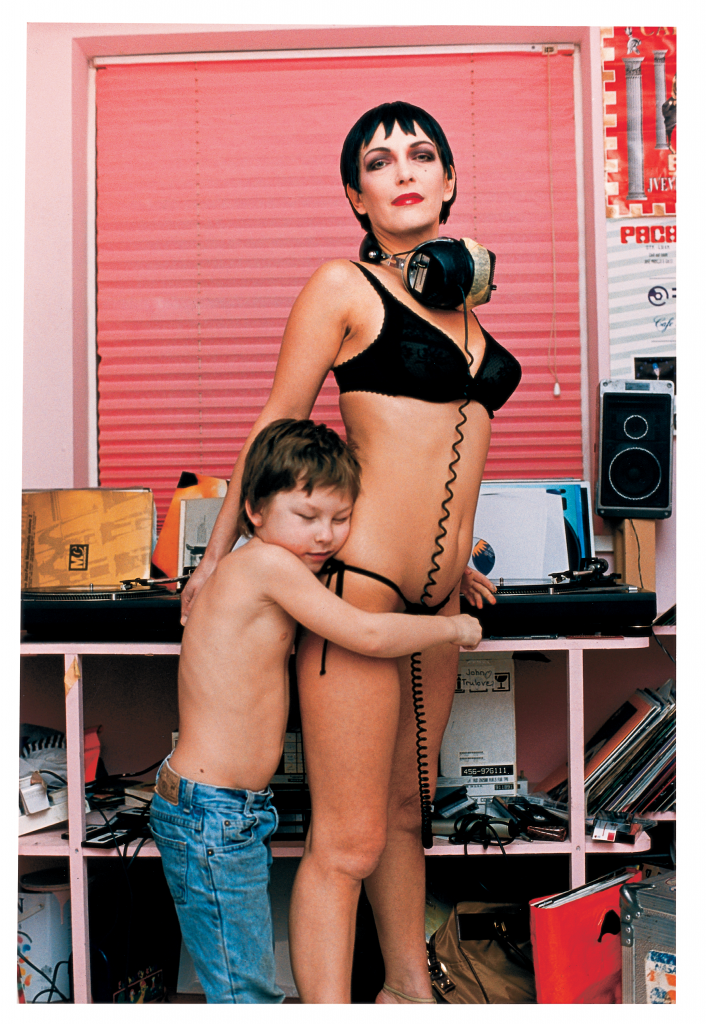The Boros Collection — A Very Personal Venture

Passion is the force that compels collectors – a passion not driven by simple economics, but by the enjoyment of sharing the subject of their affections with others.
One such collector is Christian Boros. Alongside his wife Karen, he has collected art fastidiously since 1990 and the couple now owns around 500 works covering all genres of art practice. Since June 2009, the collection has been housed in a converted bunker in Berlin-Mitte. The bunker itself has a varied and colourful history, having been used as an air-raid shelter, a prison and even a hardcore techno club.
The collection began when Christian Boros opened his own advertising agency in order to fund his studies and decided to give something back to the art that inspired him by collecting work by living artists.
The Boros’ personal approach to art includes close collaboration with Berlin-based photographer Andreas Gehrke, who has collaborated recently on the book about the collection published by Hatje Cantz.
Gehrke’s photography concerns itself with the landscape and man’s relationship to it. In the tradition of New Topographics, he explores the connection and dislocation of our interaction with the landscape in the form of diptychs and triptychs.
In one triptych, Puschkinallee, Berlin (2008), trees stand almost uniformly and, when repeated twice, become meditative through their monotony. The right-leaning forms of trees in Col de Paillas, France (2008) all bear blackened bases, posing the question of whether their current appearance is natural or manmade, as the darkened trunks create a neat line across the image.
In Belgrad Forest #1/ #2, Istanbul (2007) a multitude of coloured balloons are strung at the edge of a forest on rows of wire. This balloon barrier illustrates a dark yet comic reality, as some of the balloons have popped as if hanging in an amusement park shooting gallery.
Amongst the photographs in the collection are works by artists such as Peter Piller, Wolfgang Tillmans and Thomas Zipp.
Still-life studies form a large part of the work included by the artist Wolfgang Tillmans in the collection, whose photographs of the everyday give pause for thought on the beauty of the things that surround us. In Tillmans’ world, flowers do not reside in ornate cutglass vases, they are placed in plastic mineral-water bottles, which serve as a functional yet strangely pleasing aesthetic alternative. This allows for the contemporary vision to present an equally valid take on an otherwise dryly traditional subject matter.
Peter Piller’s aerial views of houses also explore the banality or beauty of the home, presented in neat grid formations. The conformity that this represents brings their collective dynamic to life and encourages sustained viewing.
By not opting for the obvious when purchasing photographic works, this part of the Boros Collection remains vital and dynamic, thus demonstrating the collectors’ depth of understanding and willingness to engage with the art. It is refreshing to see the personality and dedication of the buyers themselves through the choices they have made. Every collection is unique; but a successful collection is a thoughtful labour of love to be enjoyed and shared.
